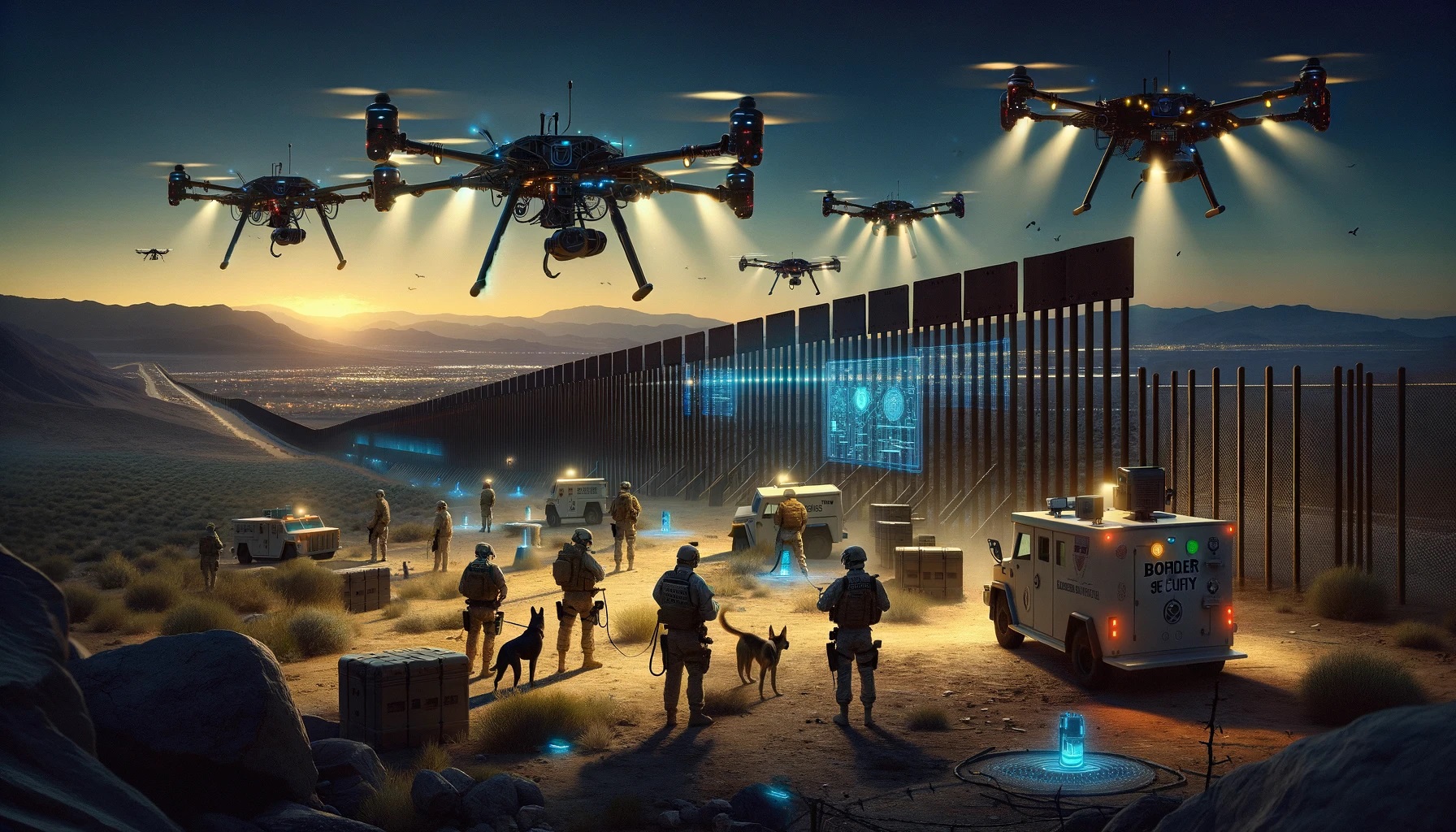Oh boy, it feels like every time you flip on the news, there’s another story that knocks your socks off. Today, we’re diving deep into a saga that’s as much about technology as it is about the ongoing battle against drug smuggling. Specifically, we’re zooming in on the southern border of the good ol’ US of A, where Customs and Border Protection (CBP) is sitting on a goldmine of high-tech scanners meant to catch fentanyl smugglers in their tracks. But here’s the kicker: these fancy gadgets are gathering dust in warehouses. Why, you ask? Well, it’s all about the money – or the lack thereof. So, buckle up as we explore this high-stakes game of cat and mouse, where the future of border security meets bureaucratic red tape.
The Heart of the Matter:
In the picturesque town of Nogales, Arizona, there’s more going on than meets the eye. This port of entry is a critical battleground in the US’s fight against fentanyl, a drug that’s been causing havoc across the nation. Acting CBP Commissioner Troy Miller gave the lowdown to NBC News, revealing a frustrating reality: while they’ve got the tech to make a significant dent in fentanyl trafficking, congressional purse strings are tied in knots, leaving vital equipment unused.
Imagine this: scanners that could peek into vehicles as they pass, no different than a car going through a wash, all without making drivers break a sweat or slow down. This tech, known as Non-Intrusive Inspection (NII), could be a game-changer, allowing officers to screen more cars and trucks, all while keeping traffic moving smoothly. But alas, without the necessary funds to get these machines up and running, they’re nothing more than expensive paperweights.
A Closer Look at Nogales:
Nogales is not just any border town; it’s where half of the fentanyl seized at the border is caught red-handed. The smugglers? Let’s just say they’re getting creative. Fentanyl pills have been found hidden in Coca-Cola crates, with bottles painted black to mimic liquid, and even stashed inside the water barrels of commercial buses. But perhaps most heart-wrenching is the discovery of fentanyl in cars carrying unsuspecting young children.
The Role of AI:
Artificial Intelligence (AI) could be the ace up CBP’s sleeve. Imagine a system that sifts through X-ray images of vehicles, flagging potential anomalies for human officers to inspect. This isn’t science fiction; it’s a real possibility that could significantly enhance the efficiency and effectiveness of border checks. Former acting Homeland Security Secretary Kevin McAleenan, now with Pangiam, highlighted AI’s potential to identify the “needle in the haystack,” enhancing officers’ ability to spot contraband amid the vast majority of lawful trade.
The Funding Conundrum:
The crux of the issue lies in funding – or, more accurately, the lack thereof. With tens of millions of dollars worth of technology lying idle, the situation is a stark reminder of how political gridlock can hamstring even the most critical security measures. CBP needs around $300 million to get this technology off the ground, but with Congress at an impasse, these tools remain tantalizingly out of reach.
A Call to Action:
As we navigate the complexities of border security and drug smuggling, it’s clear that technology alone isn’t the silver bullet. It requires funding, political will, and a comprehensive strategy that balances the need for security with the facilitation of lawful trade and travel. With fentanyl’s death toll rising, the urgency to act has never been greater.
Wrapping Up:
So, there you have it – a tale of innovation, frustration, and the ever-present specter of bureaucracy. As the US continues to grapple with the fentanyl crisis, the story of these unused scanners serves as a poignant reminder of the challenges that lie at the intersection of technology, policy, and public safety. Will we see these high-tech guardians deployed at the border? Only time, and perhaps a shift in the political winds, will tell.
Before I sign off, remember: the fight against drug smuggling is multifaceted, requiring collaboration, innovation, and, above all, resolve. Let’s hope the next chapter in this saga brings progress, not just in technology, but in our collective efforts to safeguard communities across the nation.
FAQs:
-
Why aren’t the high-tech scanners being used? Due to a lack of appropriated funds from Congress for installation.
-
How can AI improve border security? AI can analyze X-ray images to flag potential contraband, enhancing the efficiency of vehicle inspections.
-
What’s needed to deploy the technology? Approximately $300 million is required to install the high-tech scanners and make them operational.
-
Why is fentanyl smuggling such a significant issue? Fentanyl is a potent synthetic opioid responsible for a significant number of overdose deaths in the US.
Feel free to dive into this topic further, explore the technological innovations at our borders, and consider the impact of policy decisions on our safety and security. After all, informed discussion and action are key to addressing the challenges we face.
